2024: A Year-One Founder's Retrospective
I started this blog on January 1, 2019, as I began my journey into programming. It’s been six years now, and for the first time, I’m writing a retrospective as a “Year-One Founder,” someone awkwardly positioned between an entrepreneur and a developer. Choosing this title feels refreshingly different. Last year’s me spent the year solidifying my dream and removing obstacles in my way; this year was the first I actually dove into entrepreneurship. It seems that starting a company generally forces you into a state of discomfort in most areas, which can lead to immense growth. That’s why this year I learned so much that the process of distilling it all took longer than anything else. It was such a fun year that I regret not being able to record everything I learned.
I regret not having written a single blog post since starting my company. I actually had things to write about in between, but I was also curious to see what it would look like for the post after my 2023 retrospective to be the 2024 retrospective.
Goals for 2024
On January 1, 2024, I set new goals for the year, which were as follows:
- Get a place in Seoul. (Move out!)
- Generate enough income to sustain the startup.
- Build a founding team.
- Find Product-Market Fit (PMF).
- Get healthier.
- Read over 15 books (5 each on AI, business, and humanity!).
To summarize my current situation: I am living in Seoul, and money is coming in to sustain the startup. I’ve also read more than 15 books. However, I seem to have failed at getting healthier. In fact, I think I’ve regressed, with most of the decline happening in Q4.
This retrospective focuses on two things I haven’t talked about yet. The journey of finding a founding team and the quest for PMF were my main goals this year. I also read so many fascinating books that there’s a lot I want to document, but I’ll try to record that separately.
Table of Contents for 2024
My year can be divided into three phases: the early phase of leaving my job and preparing for the startup; the middle phase of building a product and meeting countless people to find a co-founder; and the final phase of participating in Antler, a startup generation program run by a global VC (hereafter referred to as Antler). The search for both an idea and a person is largely divided along these lines.
Ready, Set, Startup!

I spent the first quarter of this year preparing to launch my startup. On January 2nd, I informed my team leader of my intention to leave and started creating a departure plan with my colleagues at Ohouse. We discussed when I would leave, what I would do during that time to avoid slacking off, and how I would hand over my responsibilities. While I can’t say the departure process was perfectly clean, it wasn’t messy either. As cash became increasingly important for me, I felt I would regret it later if I didn’t take every last bit of goodwill the company offered. However, I couldn’t wait long enough for salary negotiations or for my stock options to fully vest. So, my departure was set for the end of February. During that time (aside from company work), I started studying AI and tentatively meeting people.
Let’s Explore AI Technology
Early this year, I read an article titled “Re-reading ‘W’ at this point in time“. It reminded me of how, after seeing the SORA demo in 2023, I became convinced that the next ‘W’ would be AI. And so, I began my studies. I studied the fundamental math and technical concepts behind AI, and as a user of the models, I also studied how to use them effectively. While I found some aspects of studying the basics and the technology itself interesting, I often thought that I didn’t need to build it myself. It felt similar to how I understand the components and protocols that make up a computer network, but don’t need to build them from scratch. I focused my studies and practice on how to better use the models from a user’s perspective. Naturally, I ended up studying a lot of Prompt Engineering, LLMOps, and the like.
Fortunately, my judgment at the time seems to have been quite sound. To this day, the basic concepts I studied properly help me better understand how to use the models, and more importantly, I’m still making good use of the application-level knowledge I gained back then. In particular, a product I was working on in the middle was a Full-stack AI builder, like Lovable or Marblism. I used AI very intensively at that time, which I think pushed me to study and use more than just the simple stuff.
Let’s Explore AI Business
While studying the technology, I simultaneously studied AI-powered businesses. It was more like a series of case studies, conducted through an activity called the AI Research Club. It was a study group where a VC host would share insights on AI-related businesses and provide good articles to read, and people would study them.
I was introduced to the “Re-reading ‘W’” article there, and I was introduced to and collected many other interesting articles as well. Honestly, when I first started, I was hoping to meet entrepreneurs who wanted to ride the AI wave, but unfortunately, I didn’t end up staying in touch with anyone from there. However, I quite liked the activity itself.
Re-reading ‘W’ at this point in time
A surgeon was invited by an acquaintance to a special lecture. He squeezed it into his busy schedule, and the speaker, W, wroteWWWon the board and gave a lecture on the theme ‘The Internet will rule the world.’ The surgeon thought it was crazy and scolded his acquaintance for inviting him. In contrast, a friend who attended with him sought out W, asked to learn more, followed him, and made a life-changing bet (a business). That business grew to be worth over 2 trillion won, and the speaker, W, is said to be Lee Jae-woong, the founder of Daum. The surgeon pondered, ‘We heard the same lecture, so why did I hear it as crazy talk, while my friend could make a life-changing bet?’ He says he found the answer from Jeremy Rifkin.We often say that ‘humanity has contributed’ to our current civilization, but in reality, human history is a history created by 1%. The 1% pioneers new civilizations, while the other 99% of humanity are ‘surplus humans’ who follow along, saying things like, “The world has gotten so much better,” or “Technology is advancing so fast.”
The 1% is further divided into two groups: the 0.1% who create new domains, and the 0.9% who, with insight, leap into that world. In the story, Lee Jae-woong is the 0.1%, his friend is the 0.9%, and the surgeon is the 99%. Ford was the 0.1%, Rockefeller the 0.9%, and the rest were the 99%.
The internet is a proven innovation in human civilization. Therefore, as we read this, it might not seem so difficult to become part of the 0.9%. However, in our current uncertain situation, we must be able to distinguish between the Don Quixotes and the real deal.
The period after I left my company can be largely divided into two phases: Before Antler (BA) and After Antler (AA). This distinction applies to my reflections on both finding a co-founder and finding PMF.
The Quest for a Co-founder
While I started meeting people on January 1st, I think my focused search for a co-founder began in early March. The channels I used to meet people, excluding Antler, were introductions from acquaintances, direct messaging on LinkedIn, and Y Combinator’s Co-Founder matching platform. I met nearly 50 people outside of Antler, and about 80 people within Antler. Naturally, I met some very impressive people, and I also became good friends with some of them along the way.
As I searched for a co-founder, I met many people who were striving to achieve their goals by stepping out of their comfort zones. I had the opportunity to hear about their journeys, gain fresh perspectives on similar situations, and have interesting conversations. Thinking back on it now as I write this retrospective, I feel a sense of thrill knowing that I’ll be meeting more people like this in the future and will likely be working with them.
Who Can I Spend a Long Time With?
But joy is joy, and the journey of finding a co-founder itself was incredibly arduous. I think I had been vaguely thinking about ‘what kind of person should I work with?’ while preparing to leave my job last year. And from January 1st, as I started meeting people, I began to solidify these thoughts.
In the past, I once turned down a co-founder position and decided to leave a company. How was this decision made? While the negotiations involved reviewing even minor phrases, there was really one major reason. I had too many other things I wanted to do besides starting a company. I had a strong desire to become an exceptionally skilled engineer, and I vaguely wanted to work in the United States. At the time, the co-founder position was not the fastest or surest path to satisfying both of those desires. So, I think I hesitated greatly at a role that contractually required a long-term commitment. In other words, I was not a suitable candidate for a co-founder. Deciding to leave right before an investment might have been a relief for the team in some ways, but looking back now at this point of starting my own company, I also suspect the CEO must have felt some pain, however brief. In any case, I thought, ‘When I’ve grown more, another great opportunity like this will come,’ and I left to pursue the other goals that were holding me back.
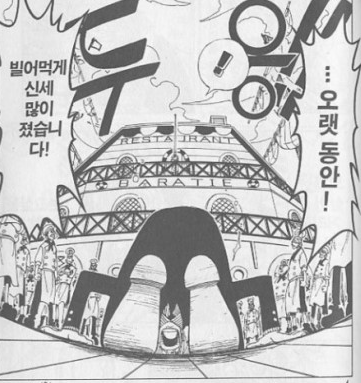
Now, I’ve taken care of all those things, and the only remaining goals in my life are things to be achieved through entrepreneurship.
I want to build a company with an excellent person for as long as possible. To do that, I need to be able to filter out people like the ‘2019 version of Changhoi Kim.’ So, the most important thing I looked for was the motivation for starting a company. Why do you want to start a company? I tried my best to listen for whether they had some ultimate life goal that could only be achieved through entrepreneurship, something worth dedicating a long period of their life to.
And at that time, I thought about ‘how could a team fall apart?’ and came up with a few things.
- Someone with a dream as big as mine: I thought this was necessary because of my criterion of wanting to work with someone for a long time. The size of the dream can be thought of as the size of the target business. Even if we find PMF after many struggles, if it’s clear that the cap is limited when we reach the very end, I want them to be able to boldly suggest we try something else.
- Someone not tied to a specific domain: I worried that if someone is tied to a specific domain, the team might fall apart if we fail to find a problem in that area.
- Someone who enjoys work: I hope they can enjoy working without feeling stressed about working a lot.
- Someone confident in learning: A ‘I can just learn it’ mindset is needed even in unfamiliar areas, and I think it’s related to pure intelligence. It also becomes an advantage in being able to try various domains.
Meeting 40-50 people before Antler, I realized that it’s difficult to guess the four points above after just a few conversations. Since I’m using a very personal checklist that can’t be made into a ‘Work Enjoyment Ability Test’ or ‘Learning Confidence Qualification Exam,’ we often use the same words but picture different things. So, I decided to focus on asking about their motivation for starting a company, and for the rest, while I’d talk about it, I figured I’d have to find out by doing something together.
Before Antler (BA)
As I mentioned above, before Antler started, I frequently used LinkedIn and the YC Co-Founder Matching platform. I wasn’t able to build something with any of the people I met then. Why was that? Among people who are starting a company, there are almost none who are solely focused on finding a co-founder while putting everything else on hold. Everyone has an idea or two they’re working on and is looking for someone interested in that. But when two people who are both trying to start a company just meet, and one asks the other to join their current project, I wonder how often the other person agrees and starts. So, I wonder how it would have been if I had focused on trying to work together, even if it meant stopping what I was doing at the time.
On the other hand, I also think that those criteria might be stricter than I thought. They were so strict that I don’t think I ever felt like ‘I need to stop what I’m doing and do something more with this person.’ In particular, the condition of having something that can only be achieved through entrepreneurship, while not being tied to any specific domain, might be difficult to reconcile. I myself have a long-term goal of eventually getting into the energy domain. However, because I see this as a goal to be reached gradually over a long period of my life, I’m not particularly tied to this domain right now. If it’s not a case like this, it’s hard to find someone who wants to pour a huge amount of time into this without wanting to solve a problem in a specific domain.

The fact that I did Antler means that I ultimately failed to find a co-founder during this period, but I did meet some truly grateful connections. There were people who, while not immediately interested in starting a company, directly helped me build my product, and I even met someone who let me have a room in their house for the summer. I really felt that you have to take some action, any action, to make these kinds of connections and move forward, even if just a little.
I met the kind person who helped me move out during the unbearably hot, air-conditioner-less summer through YC. Our timing didn’t align for us to team up, but living in Seoul for the summer allowed me to meet many more people easily, made it easier to find my current place, and above all, allowed me to get by without any trouble. As someone who also has a high understanding of startups, I would occasionally ask for their opinion on my situation. They had done the Antler batch right before me, recommended it, and that’s how I ultimately decided to do Antler. I haven’t been able to offer any help in return, but I hope a day comes when I can repay their kindness, and we keep in touch occasionally.
There was also someone who was interested in the product I was working on, so we started a project together. The idea changed midway, and they might have lost interest, but they even helped with the next idea. This person is also a really smart and admirable friend, and we’re on good terms. I hope I can be of help to them someday too.

After Antler (AA)
Antler was a gracious program that handled most of the cycle of ‘finding, contacting, and talking to’ entrepreneurs for me. I’m not someone who sets many goals to decide on the next action, so I participated in Antler with the sole objective of ‘finding a co-founder.’ However, as I met around 80 entrepreneurs, I formed valuable connections regardless of co-founding, and also had experiences that changed some of my existing thoughts.
During the Official Program Period
However! Still! The process of finding a co-founder was not easy. Even when you gather 80 talented people who want to start a company, you can clearly distinguish between those you would start a company with and those you wouldn’t, based on your own criteria. So, worrying about ‘there are 80 people, how will I ever try them all out~’ is a pretty meaningless concern. During the official period of a little over a month and a half, we had to change teams about 10 times to build ideas, and I think I tried working with a lot of people then. In particular, I think I was able to try more because I rarely overlapped with people on teams. Among them, twice I even did the 50 Questions for Co-Founders (Antler seems to provide a simple Korean translation!) and had deep talks about equity, experiencing the process of developing into a founding team.
The first team was one I was personally excited about, but it ended before we could do much. The co-founder mentioned that as they participated in Antler, they realized their desired domain was more defined than they thought. And that part, in my opinion, was too narrow and didn’t meet the criteria I mentioned above.
This was a surprisingly common case among Antler participants. They thought they weren’t particularly tied to a domain, but as they worked, they realized they didn’t want to do anything outside their area of interest. It wasn’t that I didn’t have any of that, but rather than developing a ‘domain I must do,’ I developed ‘domains I don’t want to do.’ I usually felt excited if I could imagine the final form being substantial in scale, but I couldn’t find any interest in EdTech.
The next team also felt like an ideal team, but it fell apart because our working styles didn’t match well. The older colleagues I met then were, and I’m not just saying this, people with so much to learn from, kind, and people I wanted to stay close with for a long, long time, but a few communication issues arose while working together. Looking back now, I wonder if we could have resolved it with close feedback. Perhaps because I felt it was so ideal, I think I kept nagging and pushing. I didn’t think it was strange to demand a high standard that was difficult for anyone (including myself, of course) to meet, from people who had come together to create something truly extraordinary.

The team leader at the time seemed to view the discord at that point as a difference in nature that would likely be difficult to tune. I think this friction would have come up eventually even if I hadn’t been nagging and pushing this time, so I don’t think they made the wrong choice. At that time, I was disappointed in myself and thought a lot about what it takes to build a sustainable, yet truly outstanding team.
My thoughts and actions at that time haven’t changed very much now. I still expect co-founders, especially the CEO, to handle these difficult things. That’s why I started to think I should be the CEO.
The Outsider
After my last team at Antler fell apart, I happened to connect with an entrepreneur from outside Antler through LinkedIn and we joined forces. This time, unlike my activities at Antler, we started by picking a product and building it. It felt strange to start with a ‘let’s just do it’ feeling from the outside after a long time. I was used to Antler’s method of spending a huge amount of time sharply defining the problem, so there was some discomfort.
The item I was building at the time was a product I found hard to empathize with, but it wasn’t meant to be the team’s main thing, but rather a product to give the team experience in making money with an AI product. It took about 3 full weeks to build this product. On the day that marked the 4th week, I asked if I had been a good potential co-founder.
For up to 3 weeks, we had built the planned product. They said it would be good to see a more proactive approach to building the product (the exact wording was different, but it was something to that effect). And that it was difficult to judge based on my current performance. As I asked, I expected that answer, but if the proactive attitude they mentioned hadn’t been visible by the 4th week, I wondered if I could ever show it to their satisfaction later. And most importantly, the official Antler program was about to end, and my chances of finding a co-founder were dwindling, so I decided to end our trial there and left the team.
As a result, we didn’t end up founding a company together due to my relative shortcomings. I didn’t think I was really lacking the abilities they mentioned. But in the end, it was something I failed to show, so I started to think about how I should work to make these parts stand out, and why they didn’t.
The CEO offered to pay me a salary for the work I’d done, but it felt weird for me to ask for money since I was also a party who had agreed to work together… and it’s not like we had any results… I tried to wrap it up by saying, “I’m sure there will be a time when I need your help next time,” but it ended with the CEO treating me to a very expensive meal. When we were working together, the CEO mentioned that they ‘have a lot of people who help them because they have built up good social capital,’ and I thought that if they have worked like this for many years, their social capital would be well-established. Even though we aren’t founding a company together, I thought it would be nice to stay in touch and see them from time to time.
Of course, they didn’t say their social capital was built because they buy nice meals. It was mainly acquired through their achievements, but social capital is a comprehensive thing. The desire to greet them from time to time is only faintly related to the delicious dinner they bought me.
The product we built for 3 weeks kept getting hit with fierce rejection from iOS. I said I would help with the upload since it was finished, but I feel down about the fact that I just got a free meal and still haven’t been able to do it.
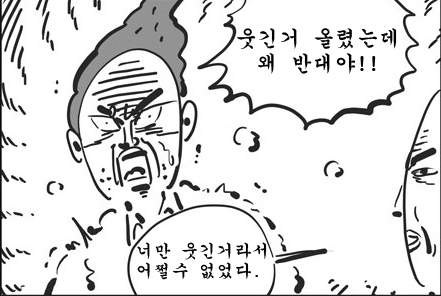
The Prodigal Son Returns
After trying my luck on the outside, I returned to Antler. At that time, I had two plans. Either find someone to co-found with again within Antler, or work on my own idea and build a product alone.
First, I had a brief chat with people inside who I thought I might have good chemistry with. Among them, the person I had formed a team with first had resolved his narrowed domain issue and was also team-less, so we formed a team again and are working on something. Then and now, we’ve never had any particular issues, so we’re still building the product without any worries. So, one of my 2024 goals, finding a co-founder, has been resolved.
There was a time when I didn’t log into the YC matching platform. Then YC sent me an email. It said that the median time for someone to find a co-founder is 100 days, and for 20% it takes 8 months. So, they said, don’t give up easily.

I started my search in March, so it took me a little over 9 months. That’s a speed that puts me in the bottom 20%. I want to think of it as meeting people carefully without lowering my standards. If someone starts after finding a co-founder, you could say they’ve saved this period. However, I think trying to find a co-founder without quitting your job lowers the probability of creating a good team. Some people see having one foot out the door as a sign of a lack of commitment to starting a company and won’t even consider working with you.
So, if I were to go back to the beginning of my startup journey with my current mindset, I wouldn’t decide to leave only after finding a co-founder. I learned a lot during the process of finding a co-founder and had experiences I wouldn’t have had if I had stayed at my company. So, if founder X is considering leaving because they don’t have a co-founder, I’d tell them to think carefully about whether a co-founder is really the source of their hesitation. And if there seems to be no other reason, I’d suggest they quit and search more actively.
I remembered the content as ‘it takes 8 months on average,’ but looking it up again now, it says 20%. My perception changed to ‘I was much slower than average,’ but it didn’t have any psychological impact. I found one, that’s what matters~
The Quest for PMF
Before Antler, I attempted a few large projects, but at Antler, I trained on logically inferring the success or failure of a business before finding PMF. So, I didn’t have many experiences of actually building a product during the Antler period. But I learned quite a lot from this process as well.
Fullstack AI: BA 6 months ~ BA 3 months
Starting in March, I tried to build a Fullstack AI. At that time, I met a lot of pre-entrepreneurs, and one of the common pains was ‘I don’t have a developer, so I have to either hire one or outsource to build an initial product, both of which are time-consuming and very expensive.’ The specs they were talking about weren’t actually that difficult to build, but they said it would cost between 20-30 million won to outsource. At the time, I thought that with the current level of AI, I could manage a codebase of that spec.
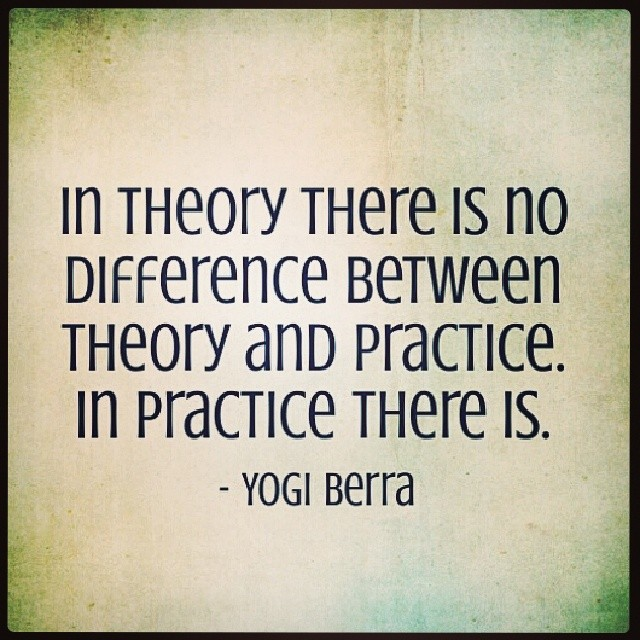
As always, practice is different from theory. To be precise, it’s not that it’s different from theory, but that in reality, there are many more factors to consider. Uploading the entire codebase has context size issues, and even if you use a model that can handle a million tokens, there are cost issues. And most importantly, having to constantly test imprecise results for a programming language that needs to be precise was also a problem.
But it’s still not impossible. If you pipeline the thinking process a developer uses to write API code into several stages for the AI, you can produce meaningful results. The debugging process can also be created as a cycle of compiling the code, and if a compile error occurs, passing the error to the LLM and modifying the code. There are many teams trying this and many related papers, so I read a huge number of papers at this time and reached a service that could create a simple API server. It was usable for cases that only needed a server and a database. But it couldn’t handle things like OAuth or using cloud components.
A thought that came to me while building was, ‘If I make about a thousand of these pipelines, I think it could run quite precisely.’ But the success of this wasn’t up to me, and I wondered if I should be doing business while expecting the cost and performance issues of AI to gradually improve. I also wondered what my edge would be against other teams taking on the same challenge, given my lack of capital and manpower. How long would it take me to create 1,000 advanced AI pipelines? Even if the product is incomplete, is it valuable to customers? It was hard to nod easily to those answers. While I was mulling over these things, I saw a signal that it would be okay to try another item, so I stopped this project and moved on to the next one.
LLMOps - Flow: BA 3 months ~ BA 1 month
While working on the previous item, I tried to build an internal tool. This internal tool was a tool that made it easy to make LLM calls with multiple depths. While doing intensive research, I had to frequently change and test the LLM pipeline, and without this tool, I had to manage data structures and prompts in the code and also code the execution order, which was too time-consuming to repeat. It was a service like Dify and internally used Langgraph. The person who was helping with the project at the time said that an internal tool like this was essential for their company as well. So, I named this pipeline version management tool Flow and spent about a month and a half trying to advance it and find customers.
I think I met about 10 teams as customers, and most of them felt the need to advance through LLM pipelining, but they were thinking, is it right now? Most services were using LLM calls in a very simple, single-call way. This was true for everyone, from large companies applying AI to some features to small startups where AI was the main feature. I found it harder than expected to find people doing business that required complex use of AI.
However, the customer interviews gave me some good insights, and I thought I could build a product that solved a bigger problem than what Flow was solving. All the customers said the same thing.
- They want to manage prompts well.
- They want to arrive at good quality prompts quickly.
LLMOps - Platea AI: BA 1 month ~ AA 0 month

Most of the teams I interviewed managed and evaluated prompts using Notion or spreadsheets. They created a database to manage Prompt, Input, Output, and Evaluation values and shared it among team members. This was actually more of a worksheet for collaboration. I felt a lack of a collaboration layer between the domain experts who had to write and test prompts and the developers. And basically, it was not easy to set up an environment to test several major models. They wanted to quickly compare the results of Claude, Gemini, and OpenAI models, but the method was to run each one once, gather the results, and evaluate them.
One of the people who helped with the interviews, Mr. O, the CEO of a team that I think is making really good AI products in Korea, showed me the collaboration tool they made and are using in their team. It’s a very simple tool that represents N prompts and M datasets in an NxM table for parallel execution. You can see the results of multiple prompts with different models and settings at once. However, since it was a service that only worked locally, he said that if I could just make it collaborative, his team would use it.
I thought it was a very realistic problem, one that I could build and deliver quickly, and that could solve the problems of many teams. So I built it in 2 weeks and just brought it to them. And I introduced it to the various teams I had interviewed. But I didn’t get as much conversion as I expected.
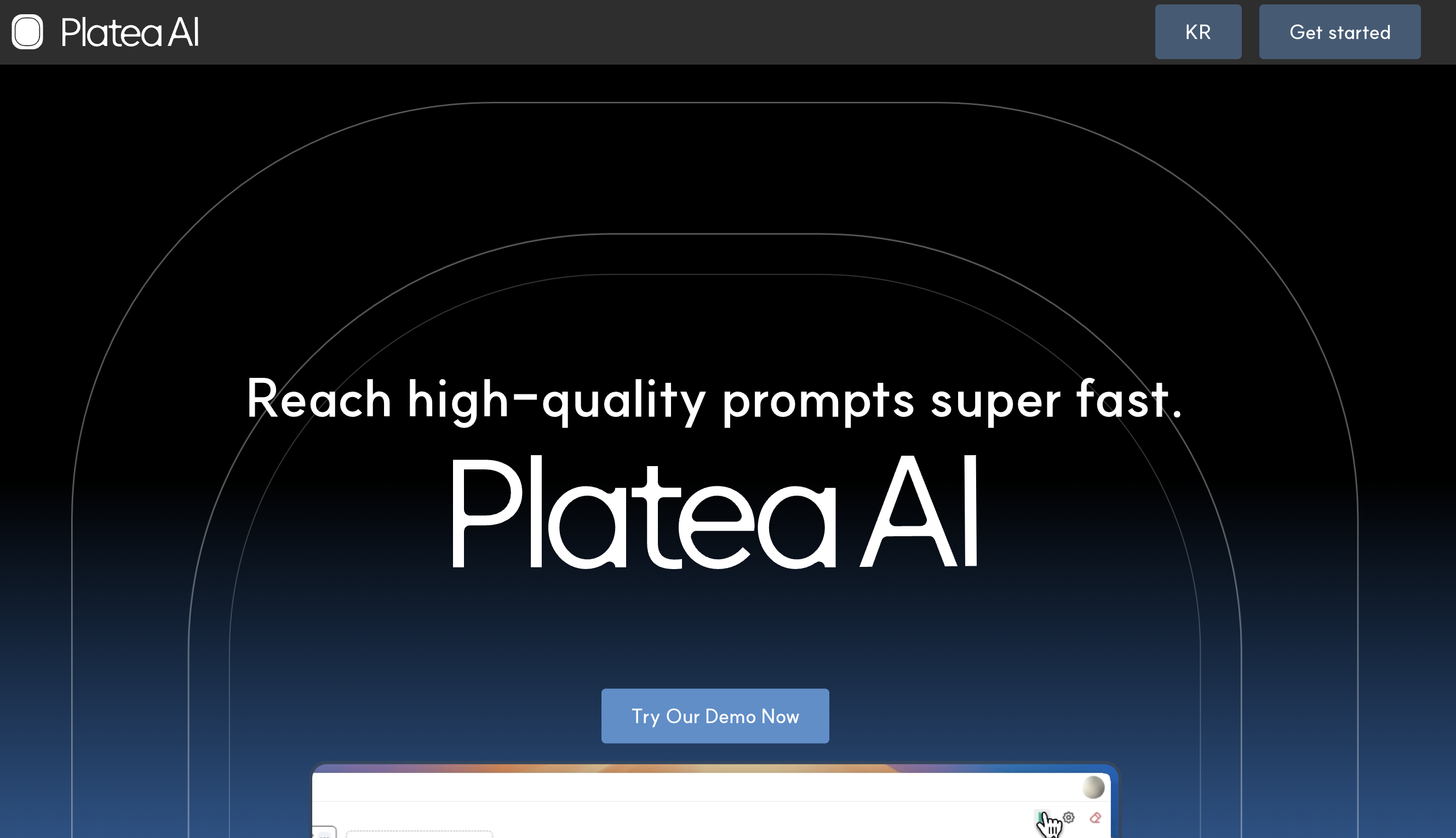
Before entering Antler, I thought about delivering it to more customers, and if no payment occurred, I thought it wasn’t a really important problem, so I attached Paypal and posted it on Product Hunt. It wasn’t particularly targeted, but no payment occurred, so I didn’t advance it any further. The time I posted it was after I had already joined Antler.

Recently, I’ve been seeing some products that are similar to Platea AI and look a bit more advanced. I think because this problem is so clear, many competing products are emerging. I wanted to hold onto this a little longer, but I decided to focus more on finding a co-founder while participating in Antler.
Items Tossed Around in Q4
If I were to list all the items I tossed around in Q4, I think it would break the 1,000,000-character limit, so I can’t write them all down. At Antler, they train founders on a way of thinking, or a framework, for finding ideas. This method isn’t particularly unique, but it’s a rational way to figure out what the real problem is, which everyone thinks about. Personally, I think it’s very similar to training on the ‘Five Whys’ in great detail.
You need to define whose problem it is, find what isn’t solved by alternatives, and find out why those alternatives still haven’t solved it. Why aren’t the big companies doing it? Why have the existing alternatives left this part unsolved? Asking these questions helps you understand the real difficulties in solving this problem.
Before Antler, when this topic came up, I think I heard things like ‘big companies don’t do this stuff’ or ‘people are just used to the current situation’ the most. In reality, this might often be the case, but it’s also arrogant to think that my idea is the first, and thinking in advance about what is truly difficult that has left this unsolved helps when thinking about a solution. Of course, it’s not that you can’t start just because it’s hard to answer these things.
When you search like this, finding an item becomes really difficult. Of course, this framework isn’t always the answer. You can’t not start a business just because you can’t answer every question. But business is difficult even if we answer these questions perfectly. So, I think starting with this sharp focus helps increase the survival rate.
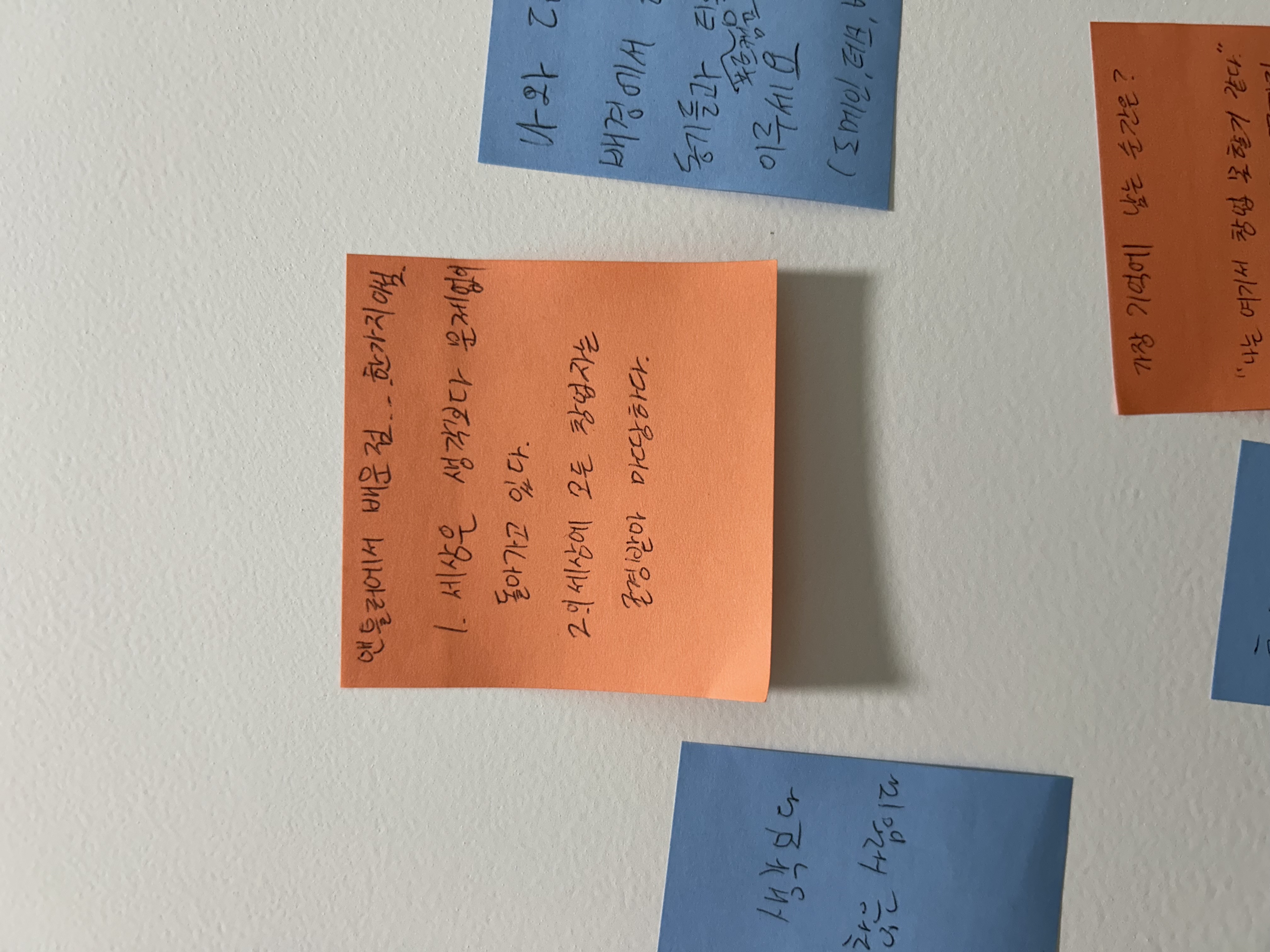
What I’m Trying Now
What I’m trying now is to get into the cycle of managing, consuming, and reproducing information. It’s a B2C product, and it’s still not clear who the people who are having a very big problem in this area are. However, we are people who are very interested in this cycle, and I think we can make a product that provides practical help to people who make money from the content collection to reproduction cycle. I also felt that it’s a relatively easy area to expand into a global product.
It’s okay if we fail to find a market fit for this product… we can just go out and find another one…
In 2025
This year, I need to work hard to achieve the goal of finding PMF that I couldn’t achieve last year. I want to build a product with over 100,000 MAU and achieve $50,000 in monthly recurring revenue. And continuing from last year, I’ve set a goal for reading books. I’m going to aim to read 5 more books than last year. And I will try to regain the health I lost…
There were so many events this year that even though I only included the core things I really wanted to record, it turned out to be a very long post. I think I need to write a little in between.
2024: A Year-One Founder's Retrospective
